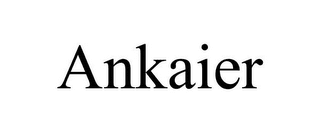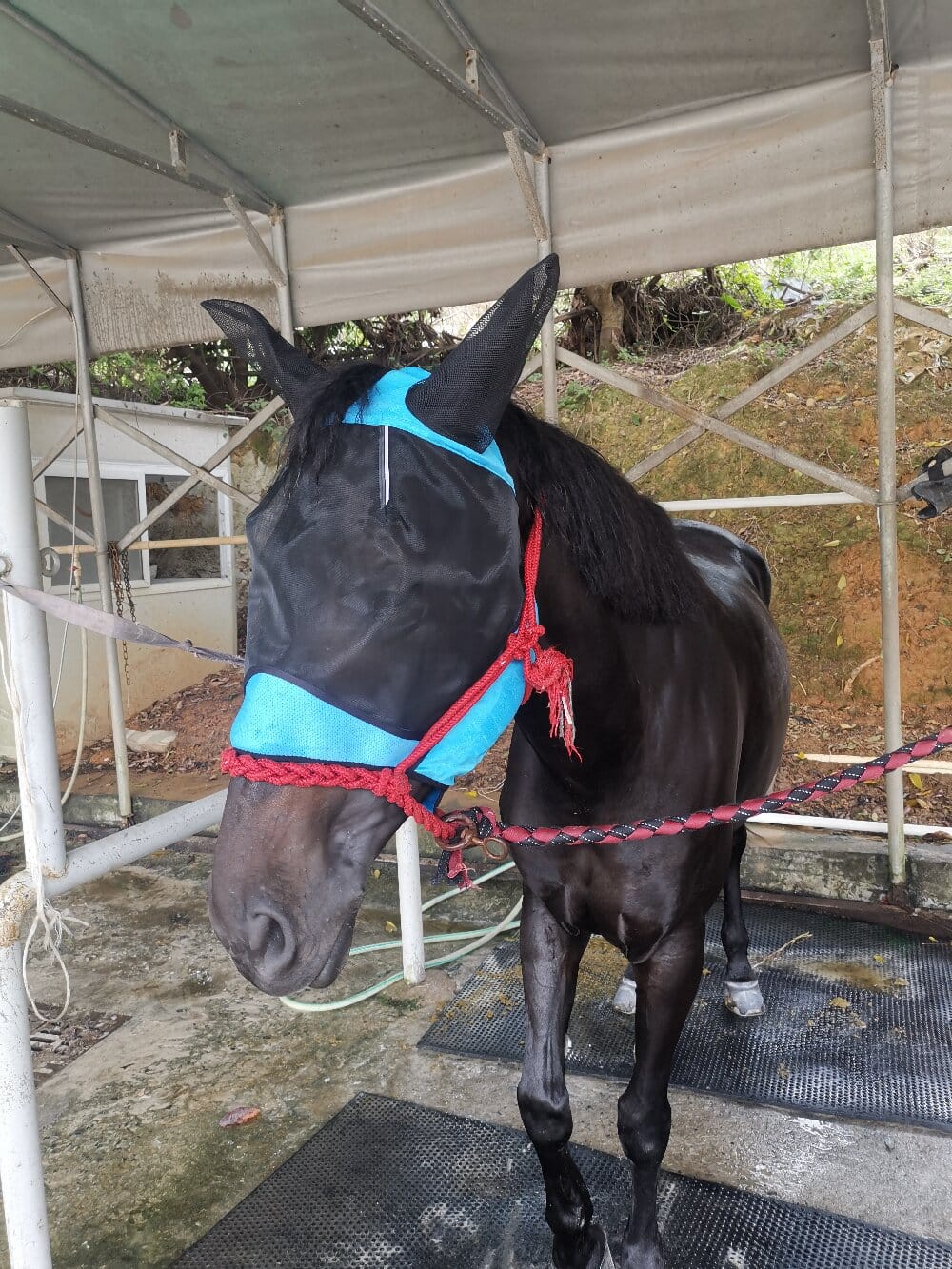A horse fly mask is a specialized piece of equine equipment designed to protect a horse’s face, eyes, and ears from the relentless annoyance and potential harm caused by flying insects. While often perceived as a simple mesh screen, its role is far more critical than merely providing comfort. From a functional standpoint, this piece of equine face protection serves as a primary defense against the bites of flies, mosquitoes, gnats, and other pests that can lead to skin irritations, allergic reactions, and the transmission of diseases. For horses with sensitive skin or conditions like uveitis, the mask is not an accessory but a medical necessity, shielding vulnerable eyes from harsh sunlight and further aggravation. The decision to use one, therefore, rests on a logical assessment of the horse’s environment, health, and overall welfare.
Evaluating the Core Benefits: More Than Just Insect Defense
The primary benefit of any quality fly mask is its ability to mitigate the stress and physical damage caused by insects. Constant swarming and biting can cause horses to become anxious, leading to behaviors like head tossing, inability to graze peacefully, and even self-inflicted injuries from rubbing against fences. By creating a physical barrier, the mask allows the animal to remain calm and focused. Furthermore, many modern masks are engineered with integrated UV protection, which is crucial for preventing sunburn on sensitive pink noses and for managing photosensitivity in horses with certain health conditions. This dual-purpose functionality—insect control and sun protection—demonstrates how a single piece of equine eye wear addresses multiple environmental challenges simultaneously.
A Critical Look at Materials and Design Features
Not all fly masks are created equal, and a discerning evaluation of their construction is essential for making an informed purchase. The most common material is a durable, lightweight mesh that provides visibility and airflow while remaining impenetrable to pests. Critical features to analyze include:
- Durability: The material should be resistant to tearing, especially for horses that interact with pasture mates or fencing.
- Fit and Comfort: A well-designed mask contours to the horse’s face without rubbing, featuring soft edging around the eyes and ears. Poor fit can cause sores and defeat the mask’s protective purpose.
- Safety Mechanisms: Breakaway features, such as elasticized straps or quick-release buckles, are non-negotiable for safety, allowing the horse to free itself if the mask becomes caught on an object.
- Extended Coverage:
Some designs offer protection for the ears and jowl, providing a more comprehensive solution for insect-prone areas.
This careful consideration of design elements ensures that the product fulfills its intended function without introducing new risks.
Practical Considerations for the Discerning Horse Owner
The decision to use a horse fly mask should be followed by a routine of proper management. It is a critical error to assume the mask can be left on indefinitely. Regular removal is mandatory to check for any signs of rubbing, dirt accumulation, or infection around the eyes. The mask itself should be cleaned periodically to prevent the buildup of sweat, dust, and debris that could irritate the skin. Owners must also assess the specific needs of their horse; a horse in a dry, low-fly area may require less protection than one in a humid, marshy pasture. This ongoing evaluation process underscores that the mask is a tool to be managed actively, not a “set-and-forget” solution.
Weighing the Alternatives and Making an Informed Choice
While highly effective, a fly mask is often one component of a broader pest management strategy. Some owners may rely solely on topical repellents, which require frequent reapplication and can be less effective in heavy insect conditions. Others might combine masks with environmental controls like fans in stalls or targeted pasture management. The most logical approach involves a cost-benefit analysis of all available options. The initial investment in a durable, well-fitting mask often proves more economical and consistently effective over time compared to the recurring cost and variable results of spray-on products.
A Conclusive Perspective on Equine Face Protection
In summary, the use of a horse fly mask is a decision rooted in practical welfare and preventative care. It is a product whose value is derived from its thoughtful design, appropriate application, and diligent maintenance. By moving beyond the superficial view of it as a mere bug screen, owners can appreciate its role in preventing physical ailments, reducing stress, and promoting a higher quality of life for their equine partners. The informed selection and use of this essential piece of equine eye wear ultimately reflect a responsible and evidence-based approach to modern horse management, where comfort and health are proactively safeguarded.

